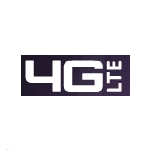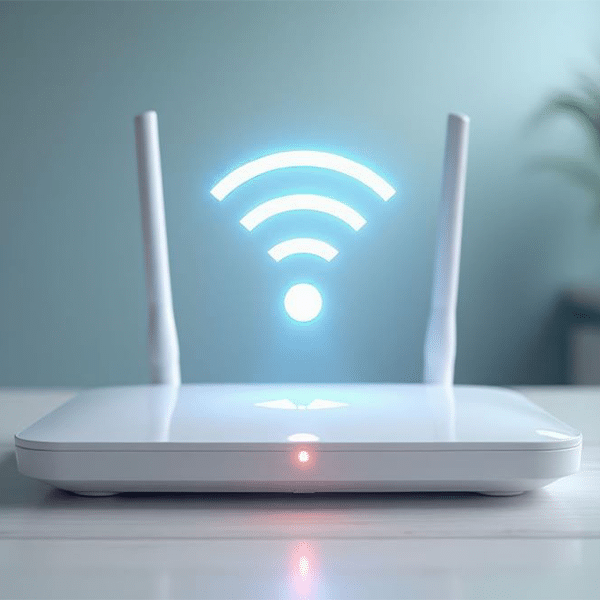 No doubt the policy makers who drafted the National Broadband Plan were happy to learn about Verizon Wireless’s potential plan to offer fixed broadband services over its 4G wireless network through a partnership with DirecTV. Earlier this year, a report from the FCC found that the majority of the nation’s seven million homes that cannot get broadband today could be most economically served using 4G LTE technology, the exact technology that Verizon is rolling out.
No doubt the policy makers who drafted the National Broadband Plan were happy to learn about Verizon Wireless’s potential plan to offer fixed broadband services over its 4G wireless network through a partnership with DirecTV. Earlier this year, a report from the FCC found that the majority of the nation’s seven million homes that cannot get broadband today could be most economically served using 4G LTE technology, the exact technology that Verizon is rolling out.
Verizon’s plan, which reportedly is being tested in Erie, N.Y., will use a roof-mounted LTE antenna to deliver fixed broadband service throughout customer homes using in-home wiring installed by DirecTV. The satellite operator will use a separate roof-mounted antenna to deliver video services to the same customer. An in-home wireless router also would be included, presumably to enable multiple users in the home to share the connection.
Just last week, Verizon Wireless launched its 4G mobile service, which according to the company supports speeds of up to 5 to 12 Mb/s, in numerous markets nationwide. Those data rates would qualify Verizon’s LTE service to meet the 4 Mb/s minimum speed target that the National Broadband Plan recommends for the broadband-focused Universal Service program, or the Connect America Fund, proposed in the plan.
Many aspects of the Verizon/DirecTV LTE service offer are unknown. Presumably the roof-mounted antenna is intended to enhance users’ ability to receive stable 4G connectivity. But just how good the performance will be at this point is unknown to anyone other than Verizon and its trial participants. How popular this service will be also depends on pricing, which is unknown.
It’s also unclear if customers will be required to take DirecTV service along with data. If not, Verizon’s cost to deliver service would likely be higher, as DirecTV would want compensation for its cost to install the in-home wiring.
Another area of uncertainty that could be particularly critical to some rural carriers is whether or not Verizon’s partnership with DirecTV will be extended to rural carriers that participate in Verizon’s rural America program. Among other things, that program offers rural carriers the ability to lease 4G spectrum from Verizon and use it to build and operate an LTE network.
Potentially the DirecTV deal could make that option more attractive to some rural carriers. On the other hand, many rural carriers already have deployed fiber-based broadband networks, in which case the DirecTV offering would have little or no appeal.
Verizon CEO Ivan Seidenberg has downplayed the new offering, reportedly telling attendees at a USB conference last week that “in time, 4G will be a modest substitute for cable Internet service.”
Certainly, Verizon appears unlikely to offer the service in areas where the service would compete with the company’s existing fiber-based FiOS offering. And it wouldn’t be surprising if Verizon also avoided competing head-on with AT&T in areas where AT&T is the incumbent landline operator because that company could simply respond with an equivalent offering of its own. The big telcos traditionally have viewed that sort of scenario (probably correctly) as a zero sum game in which the carriers would simply swap customers and erode one another’s margins.
It would appear to be tier 2 and tier 3 carriers that have not deployed fiber and do not have 4G spectrum that face the greatest risk from a potential Verizon-DirecTV LTE partnership. Another consideration is that if the FCC moves ahead with its plan to award broadband Universal Service funding based on a reverse auction, Verizon could be well positioned to win a lot of that funding—assuming LTE really is the most economical way to achieve the 4 Mb/s minimum

